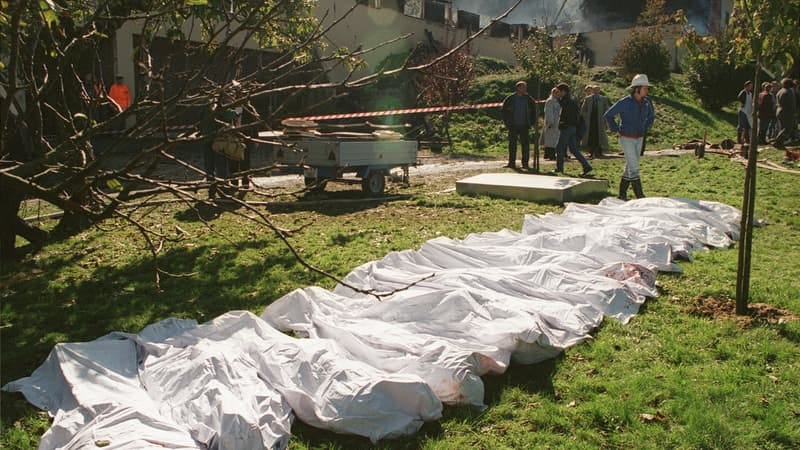Sunset Of The Solar Temple: The Esoteric Christianity Of An Interstellar Cult
An essay in a series on the spiritual history of extraterrestrials
Just before midnight on the evening of 4 October 1994, a barn in Ferme des Rochettes near Cheiry, Switzerland began to burn with eighteen people inside it (see photo). They were all dead, arranged like spokes on a wheel, wearing capes. Three more bodies were found inside an octagonal room w…
Keep reading with a 7-day free trial
Subscribe to Osborne Ink to keep reading this post and get 7 days of free access to the full post archives.


